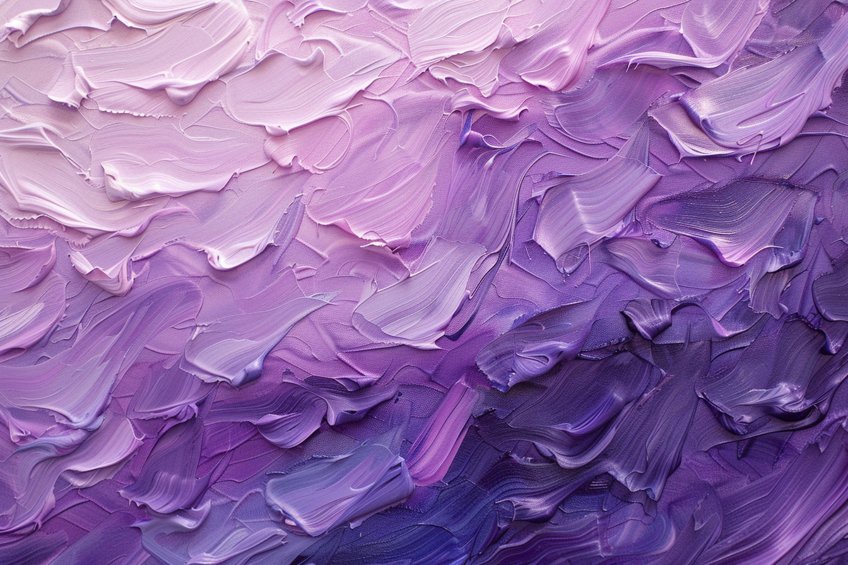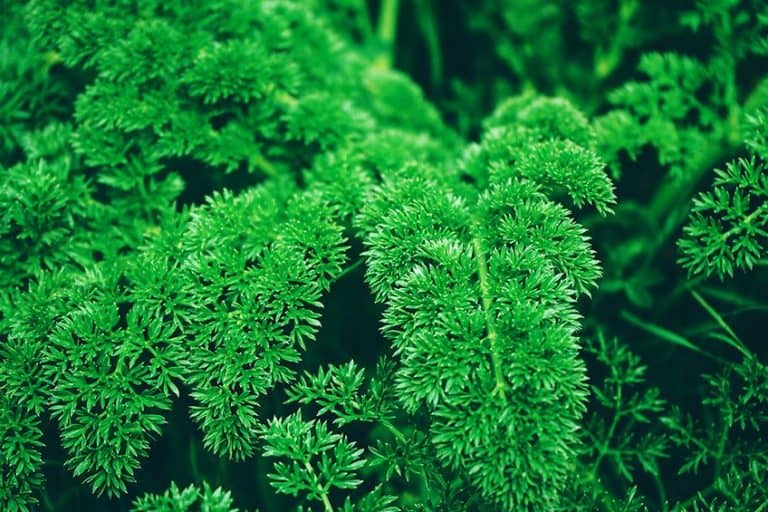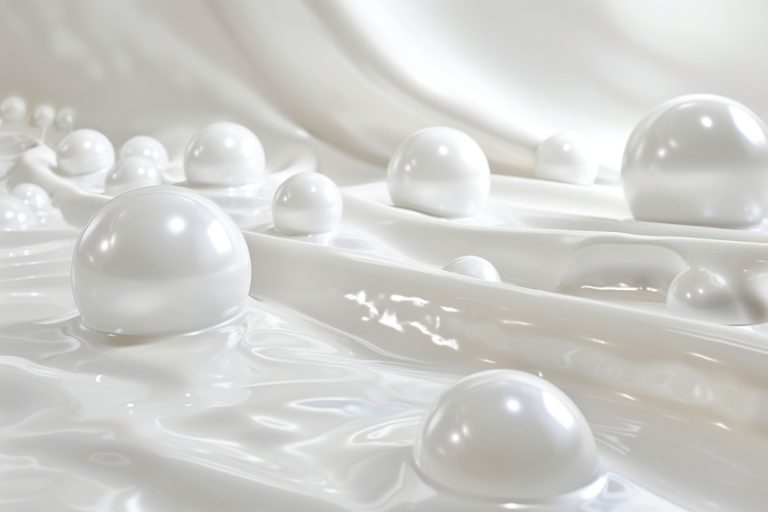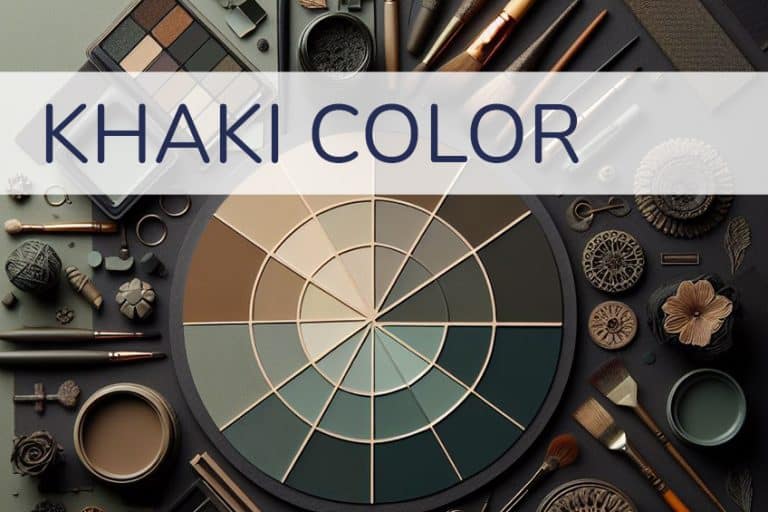Lilac vs. Lavender Color – Decoding the Color Conundrum
Welcome to the whimsical world of color where lilac and lavender dance through the spectrum with grace and charm! Like distant cousins in the palette of purples, these hues bring a touch of enchantment to any canvas they grace. Lilac, with its delicate demeanor, whispers of springtime blooms and the gentle caress of a breeze, while lavender, with its serene aura, evokes visions of fragrant fields and twilight dreams. Join us as we unravel the captivating tale of lilac versus lavender, exploring their nuances, personalities, and the delightful ways they inspire our imaginations!
Table of Contents
Key Takeaways
- Lilac possesses a pinkish undertone, giving it a warmer and more vibrant presence.
- Lavender has greyish tones, offering a more muted and tranquil feel.
- Recognizing the distinctions between lilac and lavender is crucial for their effective use in design and color psychology.

The Purple Palette
Lilac and lavender are both captivating hues that reside within the purple color family, each conveying its own unique charm. While they may seem interchangeable to the untrained eye, these tones possess distinct characteristics that set them apart. Lilac, named after the flower of the same name, carries a pinkish undertone that gives it a warmer, more vibrant feel.
It’s this slight tilt towards the pink spectrum that infuses lilac with a lively quality, reminiscent of the fresh bloom of spring.
In contrast, lavender, which also borrows its name from a flower, leans into the grey spectrum, resulting in a cooler, more subdued appearance. This hue often evokes a sense of tranquility and has been frequently associated with relaxation and calmness. When considering the use of either color, whether it’s for design, fashion, or personal preference, understanding the subtle differences can greatly influence the visual impact and the emotions conveyed.
What Color Is Lilac?
| Shade | Hex Code | CMYK Color Code (%) | RGB Color Code | Color |
| Lilac | #C8A2C8 | 15, 25, 0, 22 | 200, 162, 200 |
Lilac, as I understand it, exemplifies a pale variant of purple, one that distinctively embraces a pinkish hue. This color finds its roots in the natural bloom of the lilac flower and often evokes a sense of spring or the freshness of a blooming garden. In terms of color composition, lilac emerges as predominantly a fusion of red and blue hues. To refine its essence into a more accurate representation, the addition of white lightens the resulting hue, imparting a delicately pastel character. Notably, lilac bears a distinctive pink undertone, setting it apart from its fellow purples and contributing to its unique charm and allure.
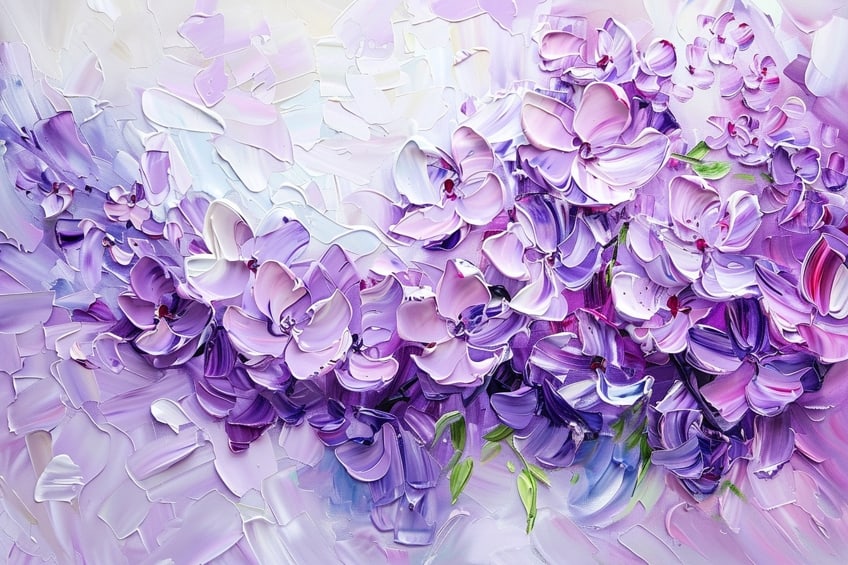
This gentle color aligns well with design elements that seek to impart a subtle, yet charming visual impact. In interior design, fashion, or graphic design, I’ve observed that lilac is utilized to convey a sense of sophistication without overwhelming sensory stimuli. To sum up my understanding, lilac is a subtle, floral-inspired shade of purple that I perceive to be tinged with a distinguishing pinkish touch, offering a lighter and softer feel compared to deeper, more intense purples.
What Color Is Lavender?
| Shade | Hex Code | CMYK Color Code (%) | RGB Color Code | Color |
| Lavender | #E6E6FA | 8, 6, 0, 2 | 230, 230, 250 |
Lavender is a distinctive hue, a pale purple color with gray or bluish undertones, imbuing it with a sense of subdued elegance. When I describe lavender, I often find it best to reference the natural embodiment of the color—the lavender plant itself. The blossoms exhibit a unique shade that marries the serenity of blue with the vibrancy of red muted to a soft pastel by the addition of white or gray. In design, I find lavender to be incredibly versatile. It harmonizes with other pastels for a tranquil palette but can also provide contrast to deeper shades. The color lavender tends to convey a sense of sophistication and tranquility, which is why I see it often utilized in bedrooms and living areas where a calming atmosphere is desired.
It’s essential to distinguish lavender from lilac, though both stem from the purple family. Whereas lilac carries pinkish tones, making it warmer, lavender’s coolness is marked by its bluish-gray undertones.
When working with lavender color, consider these helpful tips to maximize its aesthetic potential. First, pair lavender with neutrals to uphold its inherent calming effect, allowing its soothing qualities to shine through effortlessly. For a bolder statement, contrast lavender with dark colors, creating a striking visual contrast that captivates the eye.
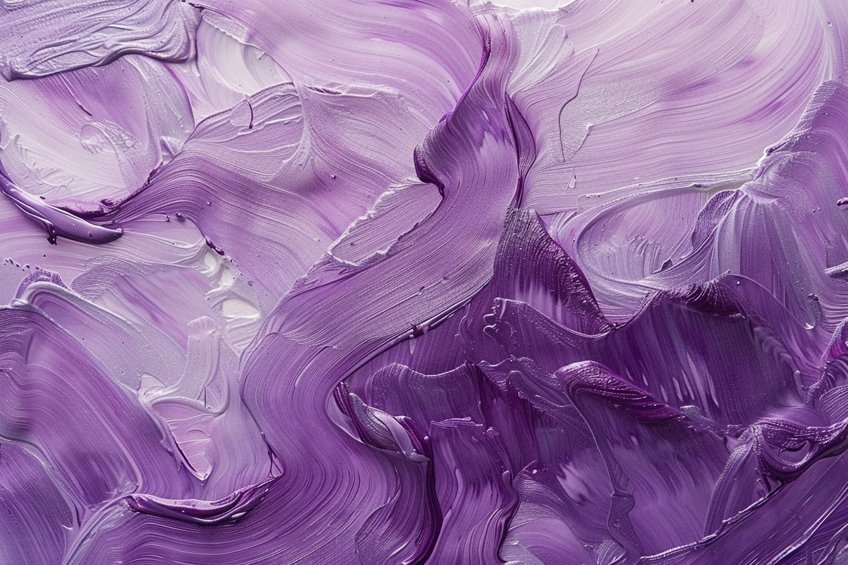
Lastly, leverage lavender as an accent color to infuse spaces with a subtle yet impactful presence, adding a touch of tranquility and sophistication to any design scheme. With these strategies in mind, let lavender’s versatility and allure inspire your creative endeavors! In my experience, understanding lavender’s undertones is key to effectively incorporating it into any design space.
Comparing Lilac and Lavender
| Shade | Hex Code | CMYK Color Code (%) | RGB Color Code | Color |
| Lilac | #C8A2C8 | 15, 25, 0, 22 | 200, 162, 200 | |
| Lavender | #E6E6FA | 8, 6, 0, 2 | 230, 230, 250 |
In this section, I will detail the distinctions and overlaps between lilac and lavender colors. Understanding their visual nuances and contexts in which you might choose one over the other will be essential for color coordination and design.
Visual Differences and Similarities
Lilac and lavender are both shades of purple known for their associations with spring and elegance. However, they can be distinguished by their unique tones and undertones. Lilac manifests as a paler shade of purple that has detectable pink undertones, giving it a warmer and more vibrant presence. It ranges from pale lilac—almost a pastel—to rich lilac, which is deeper and more saturated. The hex code for a typical lilac color is #C8A2CA. In comparison, lavender typically presents as a light purple or pale violet with blue or gray undertones which elicit a cooler and more subdued appearance.

This is observable in variants from light lavender to deeper hues, which maintain a more muted saturation. The hex code often associated with lavender is #E6E6FA. In comparing lilac and lavender, distinct characteristics emerge. Lilac tends to exhibit more pink undertones, lending it a warmer appearance overall. On the other hand, lavender typically showcases more blue or gray undertones, resulting in a cooler hue. Understanding these subtle differences allows for nuanced color choices that can evoke specific moods and atmospheres within a space or design scheme.
Choosing Between Lilac and Lavender
When deciding between lilac and lavender, consider the intended application and mood you wish to create. Opt for lilac if you are aiming for a warm, spring-like feel that adds a touch of vibrancy without overwhelming a design with saturation. It’s perfect for accentuating spaces meant to feel inviting and cozy. For instance, incorporating lilac could enhance the aesthetic of a celebratory event’s decor or in a creative project seeking to evoke playfulness and warmth.
Lavender, with its cooler tone, is an excellent choice for scenarios that call for a more composed and tranquil ambiance.
Its subtle blue undertones work remarkably well in designs that aim for a neutral, sophisticated, and calming effect, such as in bedrooms or spas. Additionally, in digital design, lavender can offer a modern and minimalist look that remains friendly and accessible.
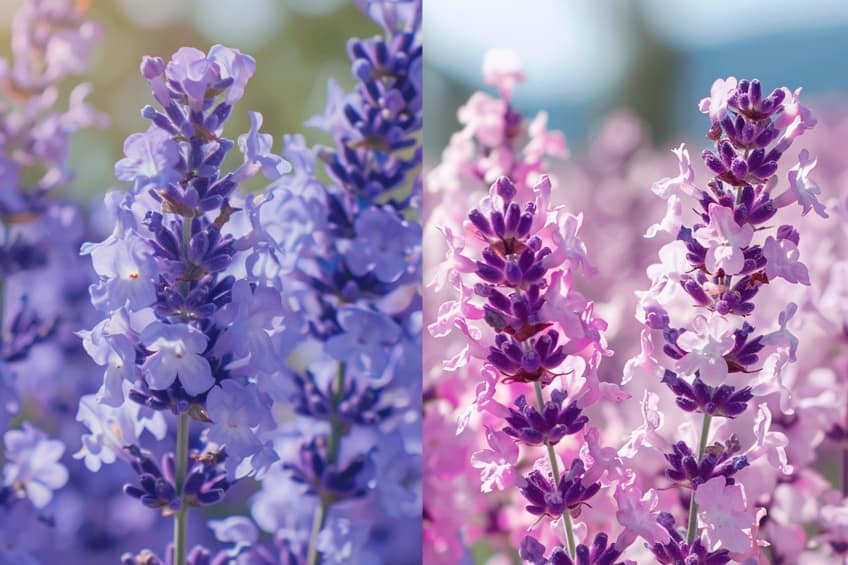
Consider the contextual choices for lilac and lavender. Lilac thrives in vivacious settings, radiating energy and vitality, and pairs harmoniously with warmer colors to create dynamic and vibrant environments. Lavender, on the other hand, flourishes in calm, reflective spaces, evoking serenity and tranquility. It coordinates effortlessly with neutral and cool tones, enhancing the peaceful ambiance of any setting. Understanding the contextual nuances of these hues empowers designers to curate environments that resonate with the desired atmosphere and mood.
Color Characteristics and Psychology
In distinguishing between lilac and lavender, we explore not only their unique color metrics but also the emotional responses they elicit.
Hue, Saturation, and Lightness
Lilac and lavender are shades of purple that sit distinctly on the color wheel. Lilac, with its pinkish hue, exudes a youthful vibrancy. Its color composition in terms of RGB (red, green, blue) values typically includes a higher red component, which gives it that subtle pink undertone. On the other hand, lavender leans more towards a blue hue, often containing grey or muted blue tones that give it a more subdued appearance.

Psychological Associations of Lilac and Lavender
I find that both lilac and lavender carry connotations of serenity and calmness, which are commonly associated with the broader family of purple colors. People often associate these shades with tranquility, balance, and a soothing atmosphere. These qualities make them popular choices for spaces designed to foster relaxation. Lilac, specifically, tends to evoke feelings of innocence, purity, and romance due to its soft, pale tone that’s imbued with red’s warmth. It’s seen as feminine and graceful, a color that might remind one of the first blush of youthfulness.
In contrast, lavender typically communicates a sense of elegance and refinement.
Its connection to the lavender plant, part of the mint family, further strengthens its association with calmness and a serene disposition. Because of its more neutral, less saturated nature, lavender may also signify sophistication and an air of maturity. From a color psychology perspective, these colors are excellent for creating a peaceful and tranquil space, ideal for promoting mental balance and a sense of calm. Their presence can contribute to a serene environment where clarity and peacefulness prevail.
Historical and Cultural Significance
In examining the historical and cultural significance of lilac and lavender colors, I’ll explore their impact on art, fashion, symbolism, and design throughout history. Both colors share a profound connection with human expression and carry meanings that transcend their visual appeal.
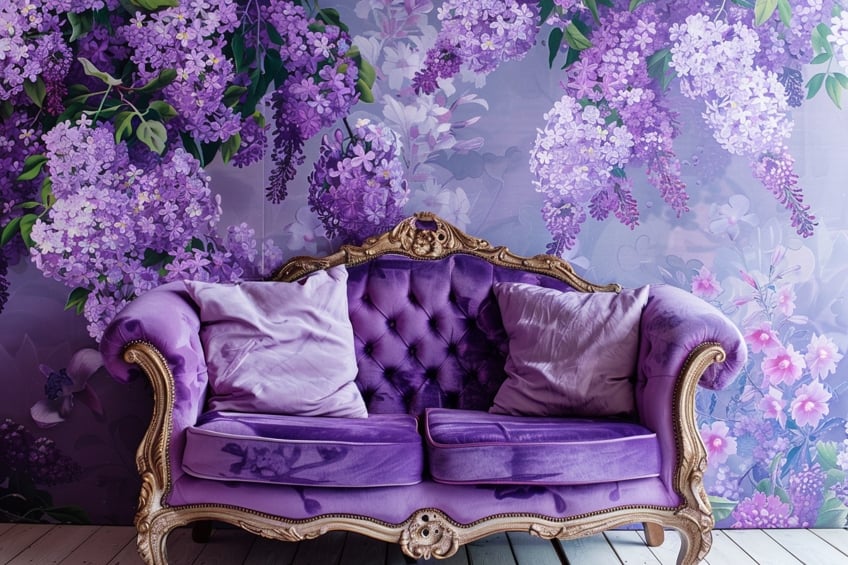
Art and Fashion Influence
In art, lilac and lavender have consistently played key roles in conveying beauty and spirituality. Lavender, with its subtle and serene hue, often represents refinement and elegance. Lilac, more vibrant and with pinkish tones, adds a joyful and youthful energy to artworks.
Fashion designers have embraced these colors to evoke a sense of luxury, and they are frequently chosen to impart a touch of femininity to their collections.
Symbolism Across Cultures
The symbolism of lavender has been associated with silence, tranquility, and renewal, particularly within the Mediterranean region where the plant is abundant. Alternatively, lilac, derived from the flower, is often viewed as a symbol of first love or youthful innocence. The meanings behind these colors have deep roots in cultural stories and rituals, making them poignant choices in various societal expressions.

Historical Use in Design
Historically, both lilac and lavender colors have played a significant role in interior and graphic design. With their versatile range, from cool to warm tones, they have been utilized to convey different atmospheres and emotions within spaces. Lavender’s soft, muted tones lend themselves to creating a calming environment, while lilal’s brighter shades can energize a space.
In the realm of design, these colors’ ability to invoke specific moods makes them timeless choices for decorators and designers.
Practical Applications and Benefits
When distinguishing between lilac and lavender colors, I find it crucial to consider their varied practical applications and the distinct benefits they offer. The subtle differences in hues contribute significantly to their use across various fields—from imparting relaxation in aromatherapy to adding a touch of elegance in home decor.

Uses in Aromatherapy and Culinary
In the realm of aromatherapy, lavender stands out for its calming and soothing properties, making it a staple in my relaxation routine. I often incorporate essential oils derived from lavender flowers to harness their stress-reducing benefits and promote a sense of tranquility. While less common in aromatherapy circles, lilac also offers a floral fragrance that contributes to creating a serene environment, albeit with less widespread recognition.
Turning to culinary pursuits, lavender finds its place in my kitchen as a versatile ingredient known for its floral and subtly sweet flavor profile.
I enjoy infusing lavender into desserts and teas, where its delicate essence adds an aromatic dimension and enhances the overall sensory experience. On the other hand, lilac flowers offer a more piquant flavor that can lend a unique twist to culinary dishes when used fresh or dried, offering a delightful exploration of floral flavors in cooking and baking endeavors.
Graphic Design
Lavender, with its subtle gray undertones, offers a muted yet sophisticated color palette that I often employ in designs aimed at conveying elegance and serenity. Its understated charm adds a touch of refinement to any composition, making it a versatile choice for creating calming atmospheres with a hint of sophistication.

Conversely, lilac, with its vibrant hue and playful pink undertones, serves as a dynamic element in my graphic designs. When incorporated, lilac infuses a sense of freshness and energy, elevating the visual impact and imparting a friendly, romantic vibe that captivates the audience. Each hue holds its own unique allure, enriching designs with distinct personalities and emotions.
Home Decor and Interior Design
In home decor, lavender proves ideal for crafting tranquil and sophisticated spaces. Its calming effect makes it well-suited for bedroom decor or bathrooms, where a serene ambiance is desired to promote relaxation and rejuvenation. On the other hand, lilac injects a cheerful and inviting atmosphere, making it a delightful choice for common areas like living rooms and kitchens, where a vibrant touch enhances the overall mood and energy of the space.
In the realm of interior design, lavender shines in minimalist or modern aesthetics, effortlessly blending with a variety of textures and materials to create a cohesive and visually appealing environment.
Its versatility allows it to adapt to different design styles while maintaining its refined charm. Meanwhile, lilac brings a youthful and lively touch to spaces in need of a burst of energy. It pairs exceptionally well with bright whites and other light neutrals, infusing rooms with a sense of playfulness and vibrancy that uplifts the ambiance and sparks creativity. Each hue offers distinct possibilities, enriching interior design with their unique characteristics and charm.
Fashion and Personal Style
In my wardrobe selections, lavender holds a special place for its versatility and sophisticated allure. This hue seamlessly complements neutrals, adding a subtle yet elegant touch of color to both my business attire and casual wear. Whether in the form of a soft lavender blouse or a tailored lavender jacket, this hue effortlessly elevates my outfits, lending them a refined and polished finish.
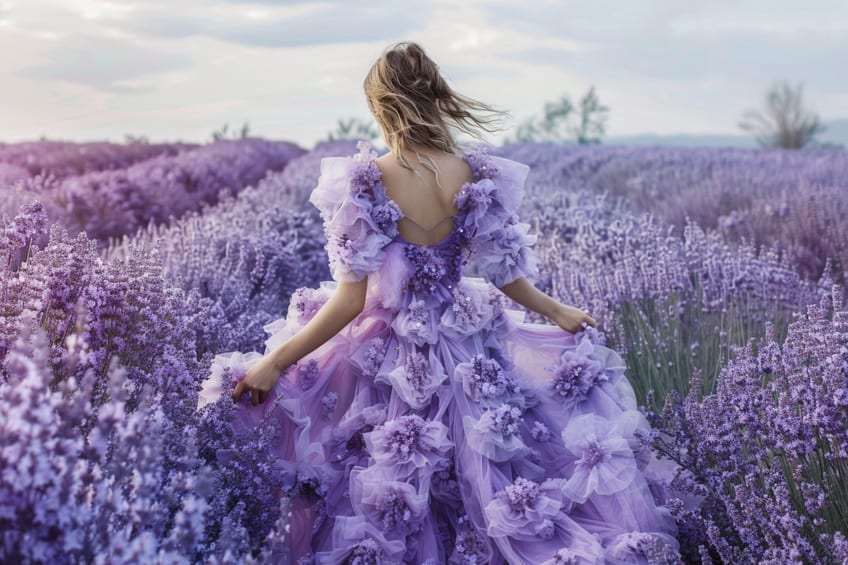
When I seek to make a bolder statement with my fashion choices, lilac becomes my go-to color. Perfect for spring and summer ensembles, lilac infuses a fresh and flirtatious flair into my wardrobe. Whether it’s a lilac sundress for a weekend outing or a lilac scarf to accessorize a chic ensemble, this vibrant hue adds a playful and youthful dimension to my outfits, capturing the essence of the season with its lively charm.
As we draw our colorful comparison to a close, it’s clear that lilac and lavender each bring their own unique magic to the palette. Whether you’re drawn to the soft elegance of lilac or the soothing tranquility of lavender, both hues offer endless possibilities for creative expression and aesthetic delight. So, the next time you find yourself pondering the perfect shade to capture the essence of spring or the serenity of twilight, remember the delightful dance between lilac and lavender, and let your imagination soar with the beauty of these enchanting colors. Embrace their subtleties, celebrate their differences, and revel in the kaleidoscope of hues that make our world so wonderfully vibrant!
Frequently Asked Questions
What Are the Differences Between Lilac and Lavender Colors in Paint?
In paint, lilac typically presents as a lighter, more vibrant hue with a pink undertone, lending it a warmer feel. Lavender paint, on the other hand, has a subtle gray undertone that makes it appear more muted and cooler than lilac.
How Do Lilac and Lavender Colors Convey Meaning Differently?
Lilac color often evokes feelings of nostalgia and romance due to its warmer pink undertones, while lavender, with its cooler, grayer undertones, is associated with serenity and sophistication. Both colors, however, are generally linked to femininity and elegance.
How Do Lilac, Lavender, and Periwinkle Compare to Each Other?
While lilac is a pale purple with a pinkish hue, and lavender is a medium purple with grayish undertones, periwinkle stands out as having a blueish-purple tint. My observation is that periwinkle seems cooler and more subdued than both lilac and lavender, which are warmer and have more pronounced pink and gray undertones, respectively.
In 2005, Charlene completed her Wellness Diplomas in Therapeutic Aromatherapy and Reflexology from the International School of Reflexology and Meridian Therapy. She worked for a company offering corporate wellness programs for a couple of years, before opening up her own therapy practice. It was in 2015 that a friend, who was a digital marketer, asked her to join her company as a content creator, and this is where she found her excitement for writing.
Since joining the content writing world, she has gained a lot of experience over the years writing on a diverse selection of topics, from beauty, health, wellness, travel, and more. Due to various circumstances, she had to close her therapy practice and is now a full-time freelance writer. Being a creative person, she could not pass up the opportunity to contribute to the Art in Context team, where is was in her element, writing about a variety of art and craft topics. Contributing articles for over three years now, her knowledge in this area has grown, and she has gotten to explore her creativity and improve her research and writing skills.
Charlene Lewis has been working for artincontext.org since the relaunch in 2020. She is an experienced writer and mainly focuses on the topics of color theory, painting and drawing.
Learn more about Charlene Lewis and the Art in Context Team.
Cite this Article
Charlene, Lewis, “Lilac vs. Lavender Color – Decoding the Color Conundrum.” Art in Context. February 26, 2024. URL: https://artincontext.org/lilac-vs-lavender-color/
Lewis, C. (2024, 26 February). Lilac vs. Lavender Color – Decoding the Color Conundrum. Art in Context. https://artincontext.org/lilac-vs-lavender-color/
Lewis, Charlene. “Lilac vs. Lavender Color – Decoding the Color Conundrum.” Art in Context, February 26, 2024. https://artincontext.org/lilac-vs-lavender-color/.


